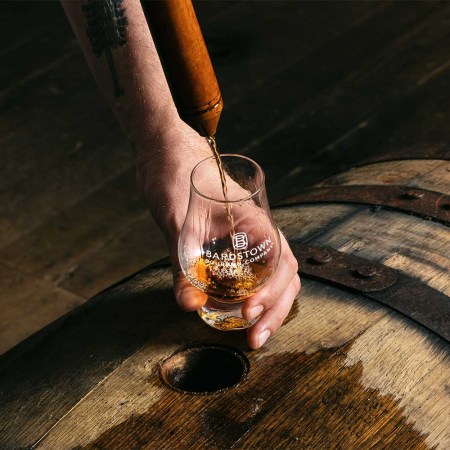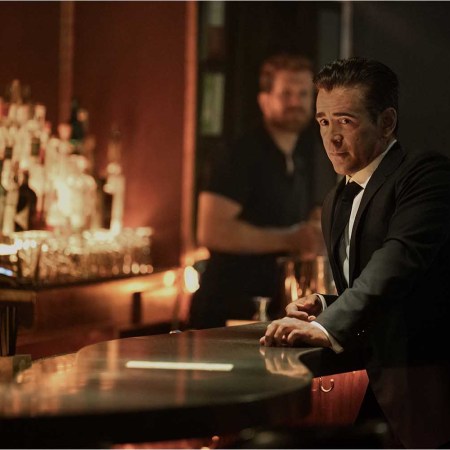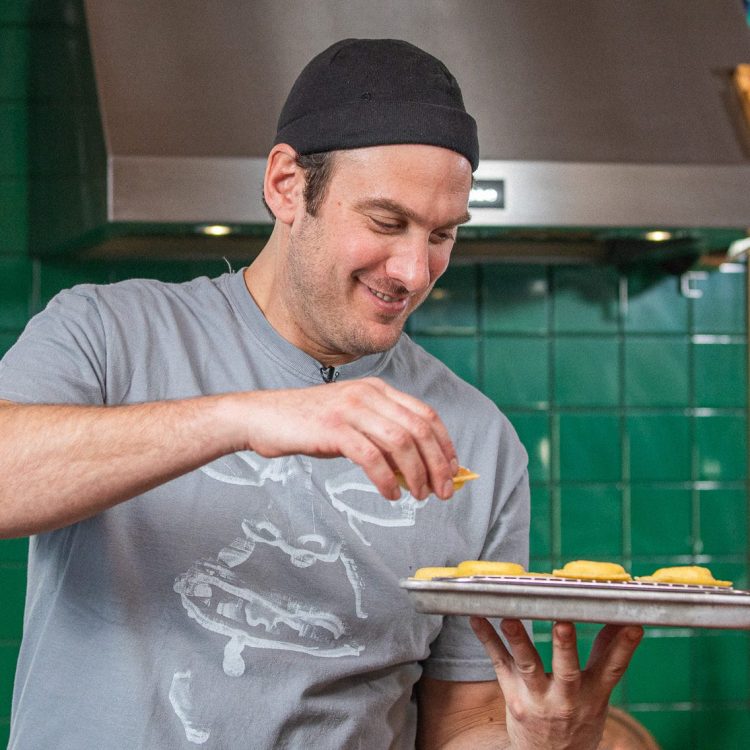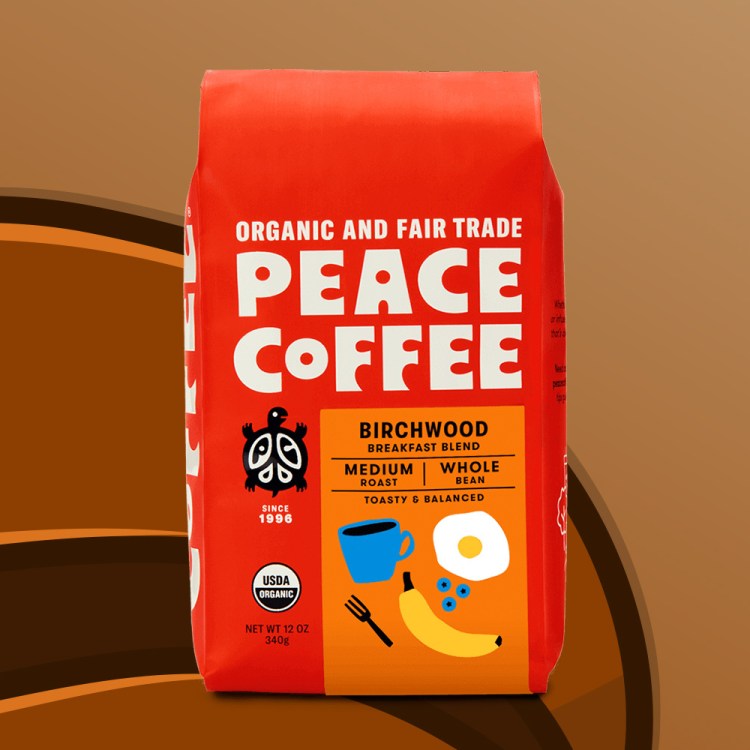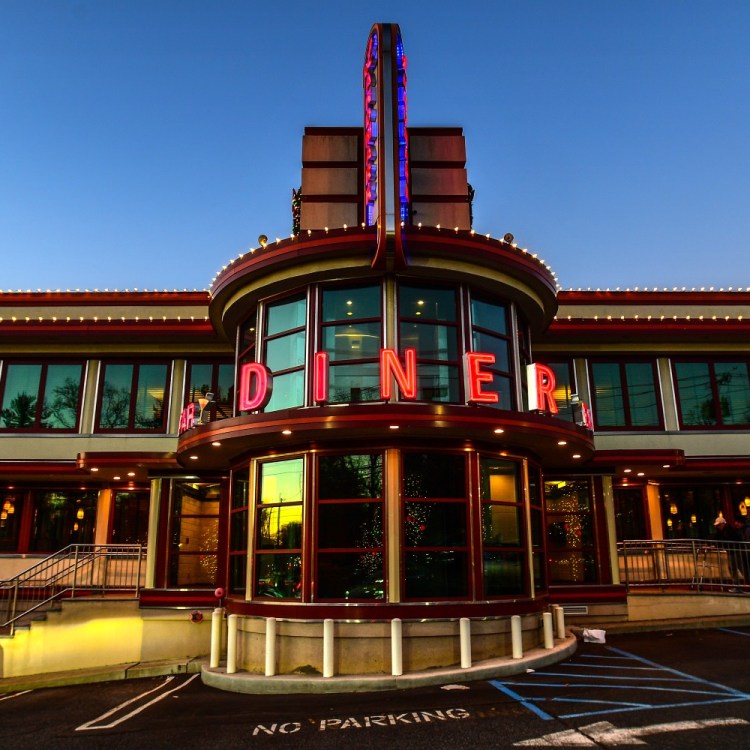Age is just a number — except in the world of whiskey.
While no-age-statement spirits are increasing in popularity — and, arguably, result in a more complex and discerning tasting experience — the continued demand for “old” whisky/whiskey means brands are going to continue to assign a date to their hooch.
Witness Sazerac, the owner of Buffalo Trace Distillery (Pappy Van Winkle, Blanton’s, W.L. Weller), which just joined forces with Last Drop Distillers to launch a line of bourbons, ryes and American whiskeys that could eventually hit the five-decade mark before seeing the light of day.
Last Drop, the distillery that hunts down rare spirits around the world, Indiana Jones-style, will use a climate-controlled warehouse at Buffalo Trace Distillery for their proprietary creations. This moderated maturation process will be closer in spirit (ha) to Scotch and Irish whiskey aging; since most bourbons start to falter after 10-12 years in the temperamental climates of Kentucky, the brand can use this climate control to properly age these liquids from 20 to up to 50 years.
Perhaps cynically, Sazerac president Mark Brown admits this aging collaboration may simply fulfill a demand in the marketplace, as he tells Bloomberg. There’s certainly a continued clamor for long-aged whiskeys — witness the recent million-dollar and change auctions for Scotch.
If you can’t wait two-to-five decades, Last Drop’s first collab with Buffalo Trace (and their first American whiskey) will be a $4,000 George T. Stagg bourbon, distilled in 1982. Only 44 bottles will be released globally, and they’ll be hitting shelves later this year.
Photo: Buffalo Trace Distillery
Join America's Fastest Growing Spirits Newsletter THE SPILL. Unlock all the reviews, recipes and revelry — and get 15% off award-winning La Tierra de Acre Mezcal.


